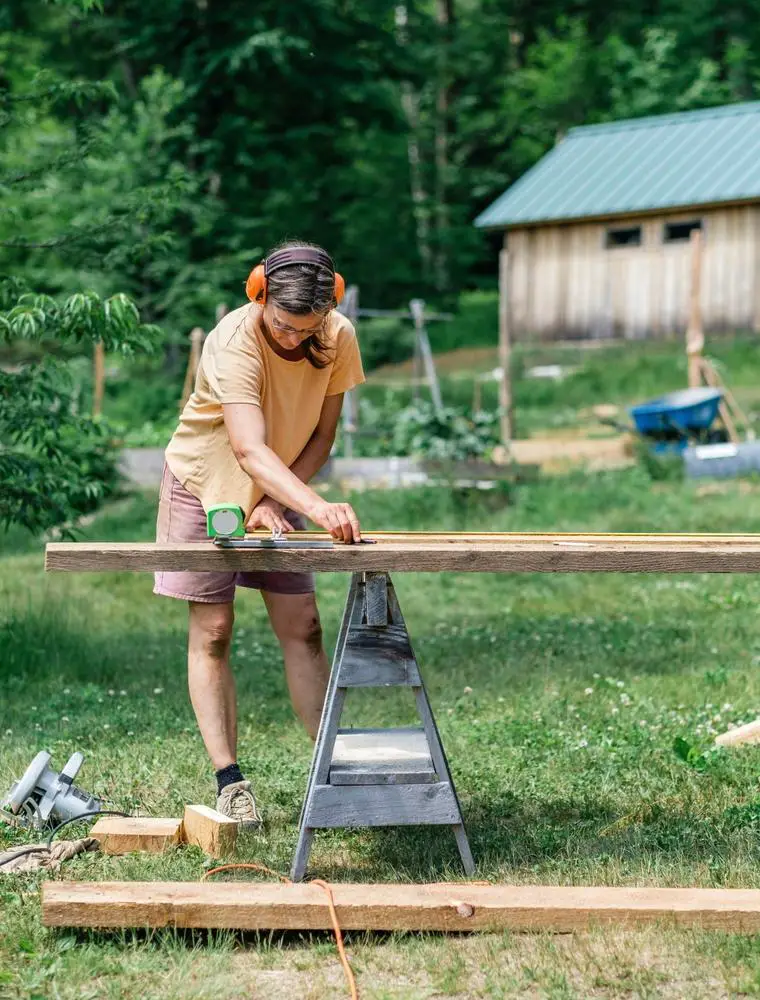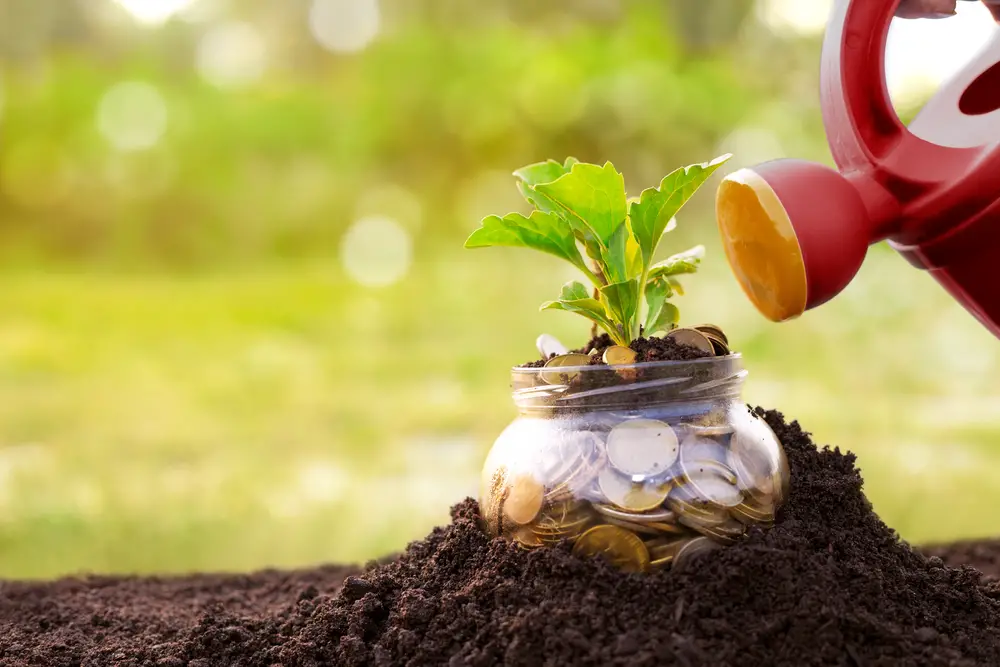Homesteading is often depicted as a low-cost lifestyle that allows you to live entirely off what you can produce on your property. While many experienced, lifelong homesteaders are able to realize this dream, the truth is that as a beginner, you will need to expend quite a bit of money and energy to ensure your homestead is productive in any way.
If you are looking to get into homesteading, you will need to keep many of your costs low as most of your budget goes into building and maintaining your homesteading projects. Here are a few tips from experienced homesteaders to help you survive and thrive in the early years of homesteading.
Track Income and Expenses Meticulously
Many homesteaders maintain their old nine-to-five jobs while striving to achieve a self-sustaining property, but many other homesteaders quit their jobs and throw themselves entirely into the homesteading lifestyle. Regardless of what you plan to do with your time, you should recognize that a significant amount of your savings will be going toward making your homestead dreams come true. To ensure that your outflowing cash does not massively exceed your income — or else to make certain that you don’t go bankrupt in your first year — you need to be diligent about building and managing a budget.
If you are not already in the habit of meticulously tracking your income and expenses, you should start practicing ASAP. You might use digital personal finance tools like Mint, You Need a Budget (YNAB) or QuickBooks, many of which automatically sort your purchases into categories to make financial management as easy as possible. However, if you anticipate bartering, using cash or otherwise paying for homesteading in ways beyond credit and debit cards, you might want to use an old-fashioned financial planner book.
In any case, as a homesteader, you need to become an expert at balancing your income, expenses and dreams. You will need to research every homesteading project with incredible detail to understand exactly how much you will pay to realize your vision. Then, you may need to save up for the project to maintain financial health and wellbeing.
Become an Expert at DIY
Except in cases where there is great potential for bodily harm or else when tools are outrageously expensive or require certification to use, DIY is always more cost-effective. Whether you are laying irrigation lines for your garden, building a chicken coop or updating your kitchen, you should use every tool and resource at your disposal to complete the job yourself.
 Most people interested in the homesteading lifestyle already have a good sense of the value of DIY. After all, homesteading is about being self-sufficient — about relying on your own knowledge, skills and land to survive and thrive. Likely, you already have more than a few DIY abilities that will come in handy on your homestead. Still, you should put time and effort into learning additional skills, by reading books and consuming other forms of instructional media as well as connecting with members of your community who can coach you in key areas of improvement.
Most people interested in the homesteading lifestyle already have a good sense of the value of DIY. After all, homesteading is about being self-sufficient — about relying on your own knowledge, skills and land to survive and thrive. Likely, you already have more than a few DIY abilities that will come in handy on your homestead. Still, you should put time and effort into learning additional skills, by reading books and consuming other forms of instructional media as well as connecting with members of your community who can coach you in key areas of improvement.
Take Advantage of Energy-efficient Appliances and Fixtures
Many homesteaders invest in large acreages of land at rock-bottom prices — but often, the homes on those properties are in drastic need of repair and updating. As you renovate, you should opt for energy-efficient appliances and fixtures when possible; though they might have a higher price tag initially, they will save you operating costs for as long as you maintain your homestead. Some of the best fixtures and appliances for your home include:
Ceiling fans. Fans help circulate air around the home, keeping it cooler in the summer and warmer in the winter. Ceiling fans from trustworthy brands can cost less than $100 per year to run full-time, which is thousands less than an HVAC unit.
Dual flush toilets. Regular toilets use more than a gallon of water per flush, but that amount of water is not necessary to move all types of waste down the drain. Dual flush toilets allow you to use a half flush, which can cut your water bill and preserve your pipes.
LED lights. Many people resisted the shift toward energy-efficient lighting because old CFL and LED bulbs feel cold, but these days, there are many warm-toned options of LED lights. Because LEDs use 90 percent less energy, you need these all around your homestead.
Homesteading is not an easy lifestyle, but it is an incredibly rewarding one — once you get the hang of managing your time, energy and expenses. As a beginner, you need to practice patience and restraint, and sooner than you realize, you will be living the homesteading life of your dreams.


